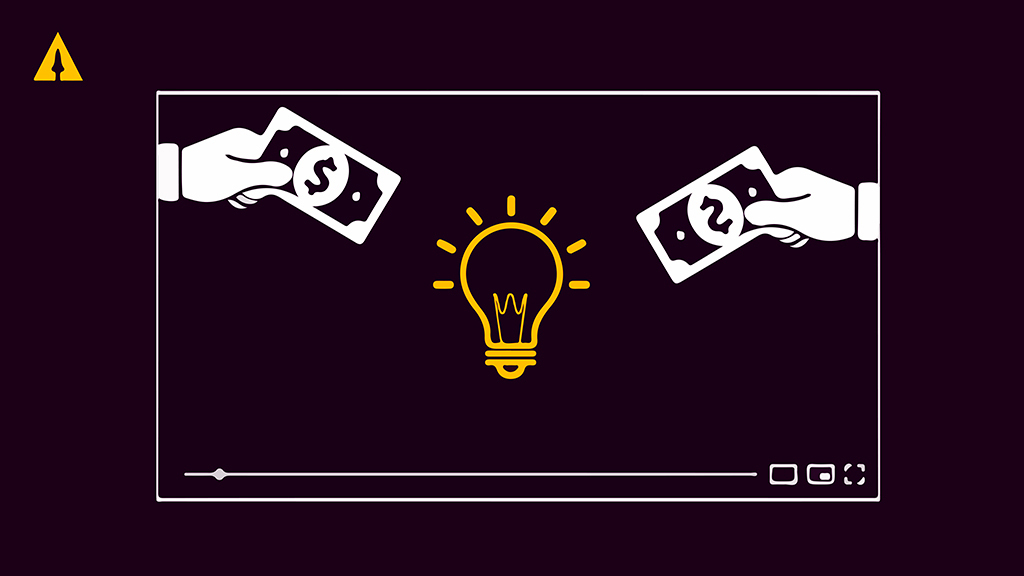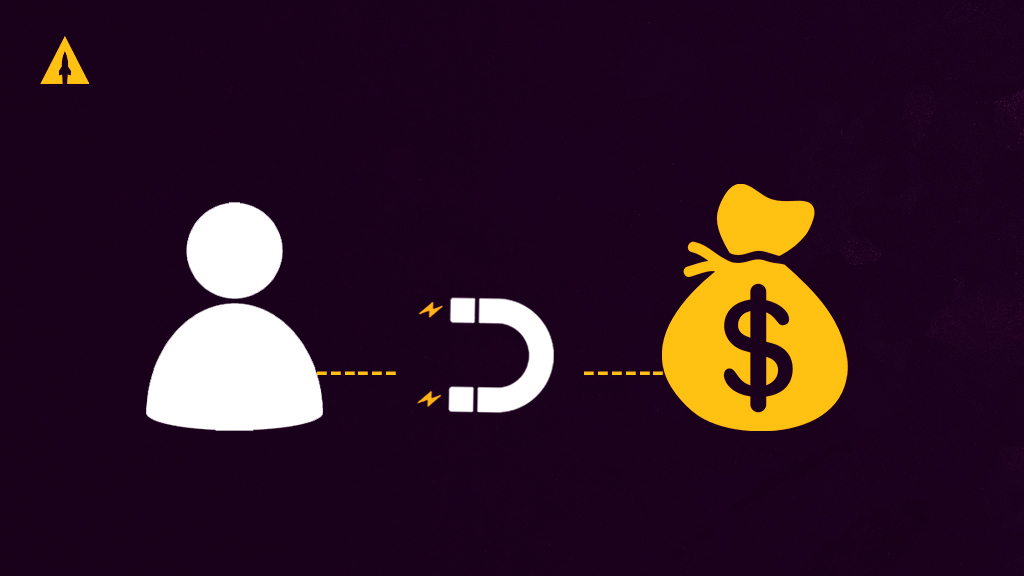 What makes (or breaks) a seven-figure crowdfunding campaign?
What makes (or breaks) a seven-figure crowdfunding campaign?
Two words: digital marketing.
Essentially every seven-figure campaign has spent at least $50,000 on online advertising. While the primary goal of marketing is acquiring leads or customers for as little cash as possible, it also provides a chance to test everything and learn what works.
Most crowdfunding campaigns are the first time the world sees your product. You have zero brand equity; you’re a blank canvas. Since the public hasn’t responded yet to your product, you can’t know what digital marketing will perform best for your crowdfunding campaign. You can make assumptions about your target demographic and your marketing content and strategy, but assumptions can be notoriously misleading.
BEWARE! Things can go horribly wrong if you don’t learn as much as possible before building your larger assets and launching your campaign!
Let’s run through a quick horror story…
Once upon a time there was a CEO (who I’ll refer to as Chris for the sake of anonymity) who thought he knew his target demographic. Chris made decisions based on opinions and hunches without any data or prior research. Chris’ company paid a professional video-maker tens of thousands of dollars to make a badass video for their campaign.
But there was a bit of a problem…
They completely missed their target demographic! Dun, dun, DUN (cue terrifying minor chord)! They ran their ads thinking that their product was for 18–35 year old men, but this demographic responded much worse to the product than women aged 35–55. Unfortunately for Chris and his company, some of the advertising copy they’d worked so hard on (and invested in) alienated their new found primary demographic.
Because they did not include a single woman in their video, they had to scrap the whole thing and restart. Don’t worry, this story has a happy ending: Chris’ campaign succeeded! However, he and his company could have avoided the loss of time and cash if they had done their homework FIRST.
Back in the day, we used to make the same mistake of making videos before gauging the response to advertising. Once we finally got around to testing our assets we ended up having to make changes and shoot pickups, costing us thousands.
Don’t worry. We’ve learned from this, and now focus on getting the minimum viable product (including messaging, landing page, and image ads) up first. Afterwards, we run a bunch of tests during the pre-campaign and iterate on the video while it is still in pre-production. I’m sure Victor Shiu, LaunchBoom Creative Director, will eventually get around to writing an article about our pre-production process and how we use Animatics to save time and money on production. So, hang tight on that.
In the meantime you can check out his sweet article on creating a badass video here.
So what’s the takeaway? Advertising is all about hypothesis-based testing. If you ask the right questions and run tests the right way at the right time, you will gather valuable data that can impact all of your creative choices.
Our team uses something we call a “Hypothesheet” to generate all our tests. We first brainstorm and rapidly ideate assumptions about our target demographic, offer, and imagery. Then our digital marketing team prioritizes and translates these hypotheses into ads… and we test EVERYTHING.
Once we have a more or less statistically significant amount of data, our digital marketing team reports back to our other departments with their findings. These results show what performs the best and minimizes arguments over creative decisions. You can’t fight numbers, after all.
So, what questions should you ask when you first start running your advertising campaign? Here are the THREE most important things for you to test during your pre-campaign.
#1 Who Is Your Target Demographic?
The key to successful digital marketing is knowing your target audience for your crowdfunding campaign and how much it costs to acquire them. Are they men? Women? Young? Old? USA-based?
You may think you know your customer, but as we previously discussed… why build your entire campaign around a hunch?
Put your theory to the test. And don’t just graze the surface; dig deep to find out everything you can about people attracted to your advertising. Check out their comments.
The beauty of digital advertising channels like Facebook is learning everything you could ever hope to know (possibly even more info than you wanted) about your target audience. Gather this information and use it to your advantage. Design and alter advertisements according to who is attracted to what you test.
The major benefit from this is you get to do all of this BEFORE you build your major marketing assets and launch your campaign. Now you can proceed with confidence knowing who your customer is, allowing you to acquire that customer for cheaper.
#2 How should you position your product?
Your marketing message and marketing statement (or resonance-based messaging) are your story boiled down to its core. Your headlines will hook potential backers and leave them dying to know more about your product. Digital marketing gives you room to play and adapt your marketing copy for your crowdfunding campaign.
Finding out that your catchphrase blows prior to launching your campaign gives you time to reevaluate and tweak what doesn’t work.
Product positioning boils down your story. Knowing your story and being able to express it properly requires a deep understanding of the messaging your customer responds positively to. The most fundamental pieces of messaging are what we call your marketing statement (title in Kickstarter) and marketing message (short blurb in Kickstarter). It is our goal during the pre-launch to figure out what these should be.
Just like demographic testing, it is a systematic testing process where each test deepens your understanding. To learn more about product positioning (and a bunch of other valuable stuff), check out our article on pre-launch here.
#3 What Imagery/Creative Should You Use?
What do you visualize when you think of McDonald’s? Golden arches? The happiest of meals?
McDonald’s, like many other big-name brands, have spent billions of dollars to establish their consumer based brand equity and take over your mental real estate. You are trying to build associations between certain images and your brand.
Once again, this imagery is something to put to the test in the pre-campaign phase through digital marketing.
Segments of your potential backers’ brains are prime real estate that your brand can own through brand association. Make them think of you when they hear a certain phrase or see an image featured on your ad.
Test the waters with multiple ads with the same copy but different imagery. Get into specifics. If the ad for the lightsaber you created gets more likes, views, comments, and shares when it features a woman using it than a man, don’t stop there. Does the ad get a lower cost per lead (CPL) with imagery from the desert or in the snow?
So… test ALL your imagery.
Use whichever imagery performed best in your campaign marketing assets (video, campaign page, additional advertisements, etc.).
By testing your assumptions and letting the numbers work for you, you are almost always guaranteed a campaign with a higher conversion rate and many, many more backers.
Go forth, hypothesize, test, and conquer. Use digital marketing to your advantage in your crowdfunding campaign!

Thanks Mark Pecota and Will Ford.
Next Steps
1. Download my Hacking Kickstarter 2.0 eBook for FREE

 What makes (or breaks) a seven-figure crowdfunding campaign?
What makes (or breaks) a seven-figure crowdfunding campaign?


